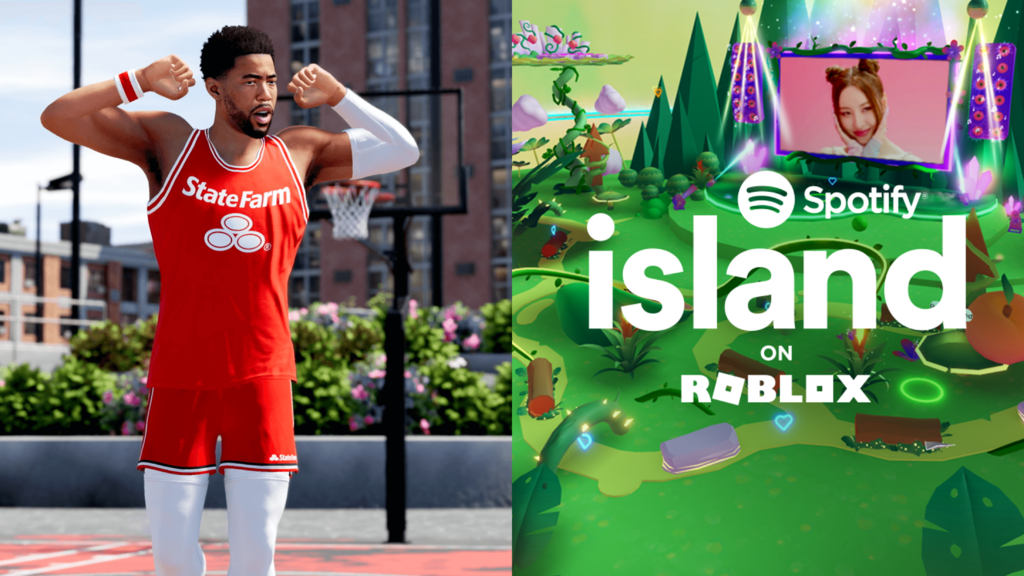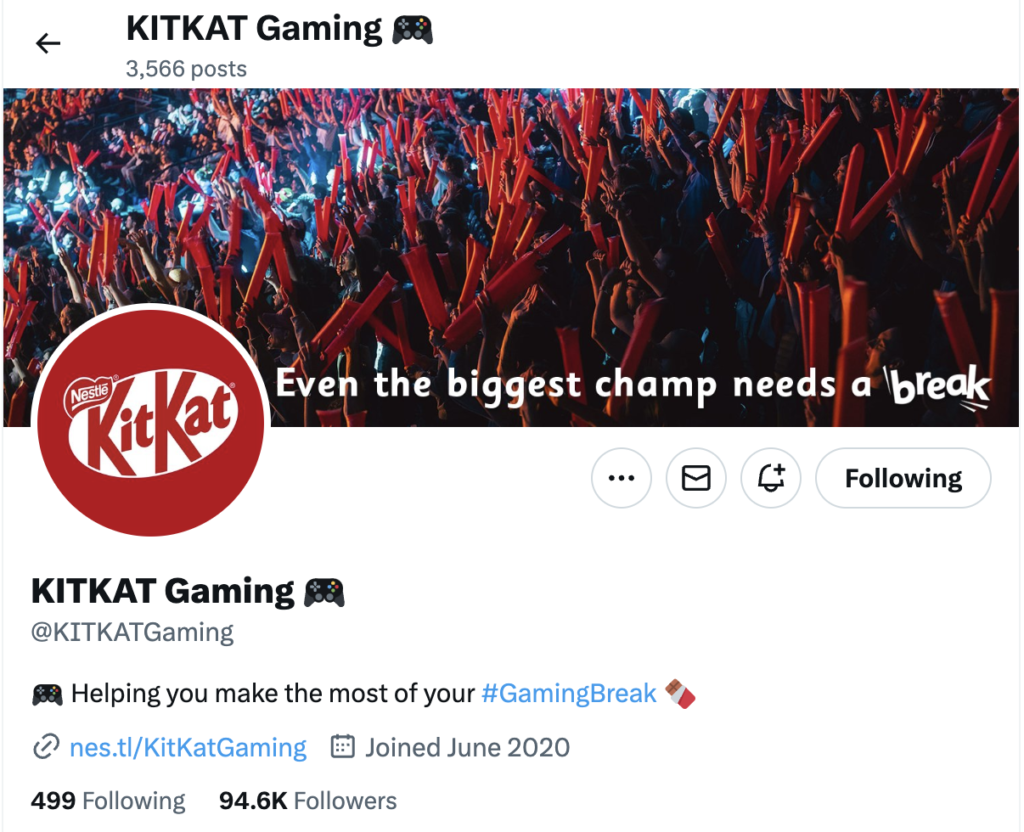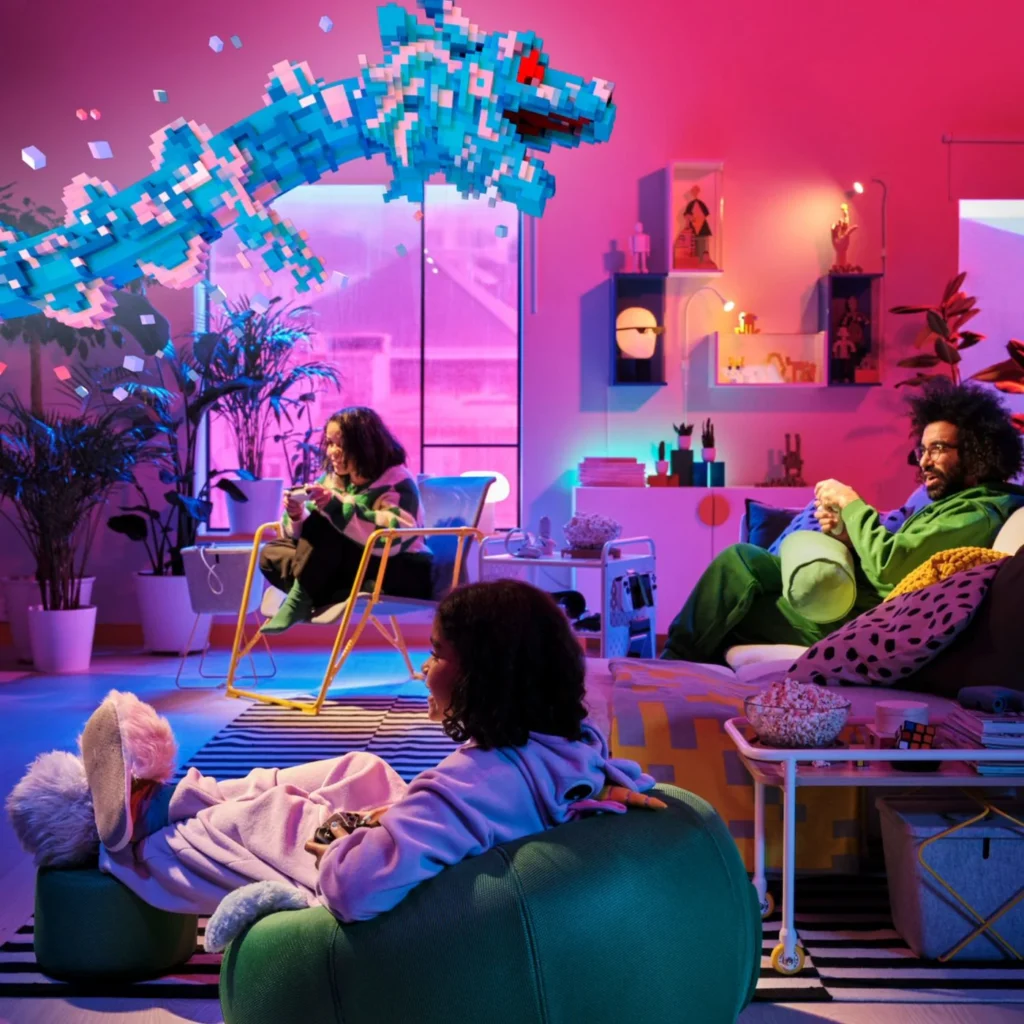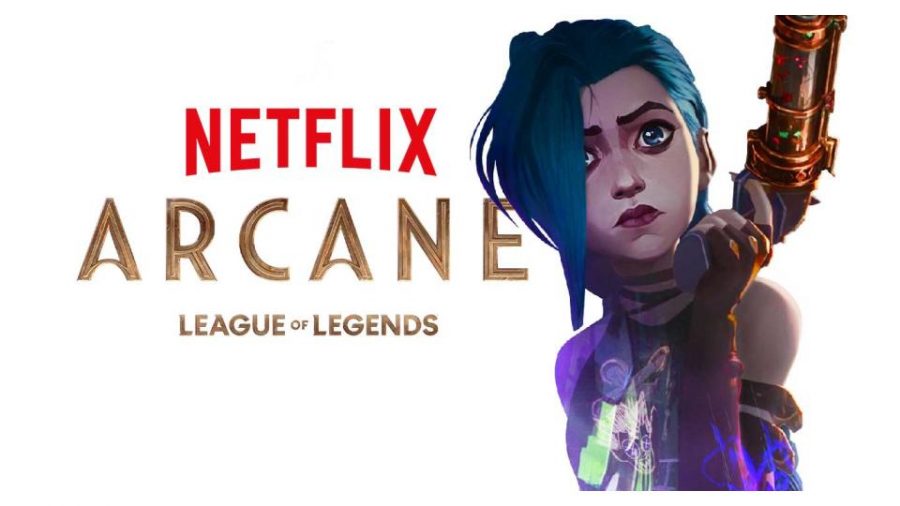As outlined in the Gaming Marketing Made Simple course, audiences experience gaming behaviors beyond gameplay.
That means game experiences take place in spaces outside virtual worlds.
Where a gaming space is any environment in which gaming behaviors take place.
Gaming space – An environment where gaming behaviors take place.
So, let’s explore the three types of gaming spaces.
The goal is to clarify that campaigns use different channels to reach gaming audiences in each type of space.
In-game spaces
Examples: All video game environments
Gaming behavior: Gameplay
Channels: Branded game experiences, virtual product/brand placement, in-game display advertising
A video game is a virtual space designed to facilitate a playable experience (gameplay).
Where marketing campaigns can tap into existing or create entirely new in-game (playable) spaces.

State Farm is an American insurance brand. The company partnered with Take Two Interactive, publisher of the NBA 2K game series, in 2021. The resulting campaign integrated State Farm’s fictional spokesperson Jake into NBA 2K’s existing in-game space. Where Jake appeared as a non-playable character.
Meanwhile, Spotify – the global music streaming service – created a playable experience (Spotify Island) on Roblox. The in-game space empowered players to create and share music in a virtual setting.
Around-game spaces
Examples: Digital platforms and physical areas dedicated to gaming
Gaming behaviors: Social media activity related to gaming, creating/consuming gaming content, using gaming-related products
Channels: Content creation, social media, digital advertising, product innovation

An around-game space is any digital platform neighboring, but beyond, game environments. This includes Twitch channels that livestream gameplay. It also includes social media accounts related to gaming.
For instance, Kit Kat, a Nestle candy brand, maintains a gaming-specific handle on X (Twitter). The account is an around-game space. In it, Kit Kat posts anything from humorous memes to product giveaways.
An around-game space is also any area in a home or in public designated for gaming. These physical spaces often house specialized equipment and products.
So, IKEA, a global home furnishing brand, launched the BRÄNNBOLL collection in spring 2024. The collection introduces 20 items. Each of which helps gamers create a comfortable and engaging around-game space.

Away from game spaces
Examples: Multi-purpose social spaces, media spaces unrelated to gaming
Gaming behaviors: Attending gaming events, gaming-inspired media consumption
Channels: Event activation, media innovation
Away from game spaces exist beyond the immediate boundaries of a virtual world.
This includes media spaces in which audiences consume gaming-inspired content.
For instance, Netflix was an away-from game space for Arcane – an animated series inspired by the League of Legends game title.

The same category also includes social spaces like conventions, esports events, or Local Area Network (LAN) parties. These social spaces overlap with both in and around game spaces, however.
A LAN party, for example, is a social gathering where people bring their computers or gaming consoles to play multiplayer video games over a LAN. Instead of playing against each other online.
That setup requires a physical area (around-game space) for equipment and attendees. Where the attendees are experiencing gameplay in a virtual world (in-game space).
This type of away from game space offers the chance to connect with gaming audiences in person.
So, Monster Energy drink executed a brand activation at DreamHack Dallas 2023. DreamHack is a series of the world’s largest LAN festivals.
The onsite activation featured activities like a breakdancing competition. Where it drove brand awareness and interest across the approximately 44,000 attendees between June 2 – 4.

